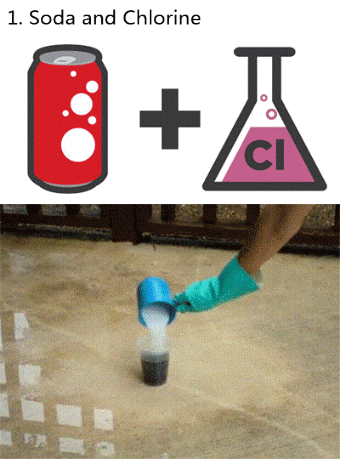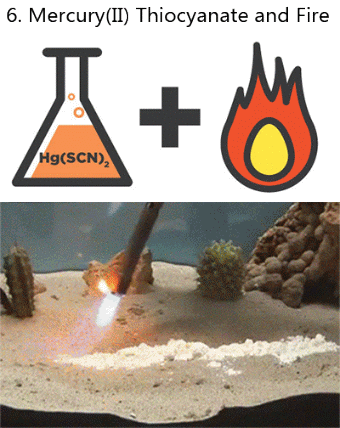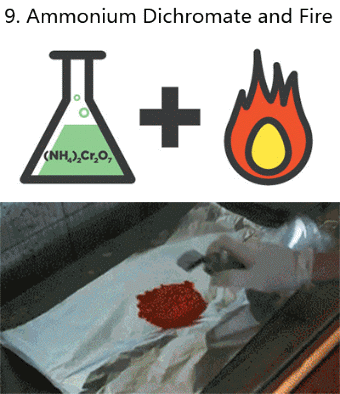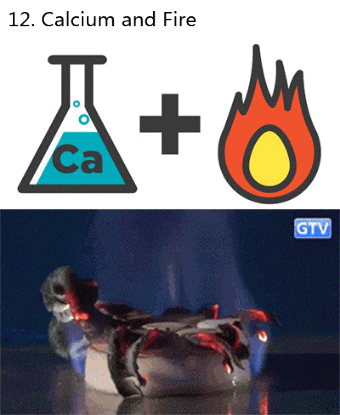Iapetus, Moon Of Saturn Captured By The Cassini Spacecraft In 2007
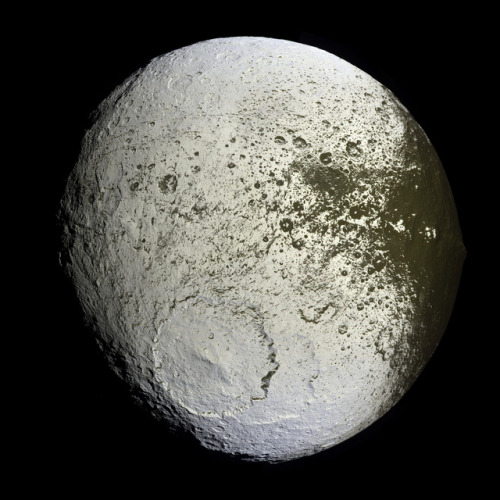
Iapetus, moon of Saturn captured by the Cassini spacecraft in 2007
Image credit: NASA / JPL
More Posts from Drunkscience4u and Others
https://www.facebook.com/drunkscience4u/videos/1416673815012163/
Anyone wanna hire Cylinder before we snatch them up for an unpaid internship? You have until March 4, when we air! CV available upon request.

Hey Tumblr fam, I need some help
I created this anti-hangover popsicle, have tested the crap out of it, and yes it works amazing. My friends love it, but I’m struggling with sales. Just being honest here.
Anyway, if you get a chance please check out our website Lushzie.com I would love your feedback.
So for all my tumblr fam we are offering the popsicle that will literally end your hangovers for just $1 (to cover shipping) use code “TUMBLRFAM” at checkout.
The popsicle contains coconut water, electrolytes, and nutrients to protect your liver and help your body metabolize alcohol faster preventing a hangover.
Can you lick the science? An abbreviated list.
Genetics: Do not. Unless cheek swabs?
Chemistry: NO!!!!! DO NOT!!!!!!
Archaeology: Perhaps. But might be human bone.
Geology: Sometimes needed, sometimes dangerous
Psychology: Best not.
Physics: ????????? How??????
Zoology: In zoology, science licks you.
Full trailer up TODAY! Click on the link in our bio to watch! #stem #funny #youtube #badjokes #lab #wine #drinking http://ift.tt/2kXXIDw

SNR 0519-69.0
When a massive star exploded in the Large Magellanic Cloud, a satellite galaxy to the Milky Way, it left behind an expanding shell of debris called SNR 0519-69.0. Here, multimillion degree gas is seen in X-rays from Chandra (blue). The outer edge of the explosion (red) and stars in the field of view are seen in visible light from Hubble.
Credit: NASA / Hubble & Chandra
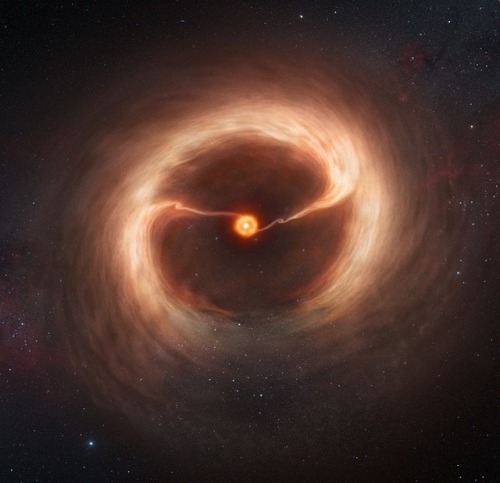
Disc of gas around HD 142527
This artist’s impression shows the disc of gas and cosmic dust around the young star HD 142527. Astronomers using the Atacama Large Millimeter/submillimeter Array (ALMA) telescope have seen vast streams of gas flowing across the gap in the disc. These are the first direct observations of these streams, which are expected to be created by giant planets guzzling gas as they grow, and which are a key stage in the birth of giant planets.
Credit: ESO / Atacama Large Millimeter/submillimeter Array

-
 itznymph liked this · 11 months ago
itznymph liked this · 11 months ago -
 caffeinsanity liked this · 1 year ago
caffeinsanity liked this · 1 year ago -
 elle-mood liked this · 1 year ago
elle-mood liked this · 1 year ago -
 judesstfrancis liked this · 1 year ago
judesstfrancis liked this · 1 year ago -
 throwaway-settings liked this · 1 year ago
throwaway-settings liked this · 1 year ago -
 1327-1 reblogged this · 1 year ago
1327-1 reblogged this · 1 year ago -
 janerra-ava reblogged this · 1 year ago
janerra-ava reblogged this · 1 year ago -
 thy420 liked this · 2 years ago
thy420 liked this · 2 years ago -
 wisent15 liked this · 2 years ago
wisent15 liked this · 2 years ago -
 wisent15 reblogged this · 2 years ago
wisent15 reblogged this · 2 years ago -
 piano-like-an-epic-sir liked this · 2 years ago
piano-like-an-epic-sir liked this · 2 years ago -
 ahdor reblogged this · 2 years ago
ahdor reblogged this · 2 years ago -
 ahdor liked this · 2 years ago
ahdor liked this · 2 years ago -
 fairyof reblogged this · 2 years ago
fairyof reblogged this · 2 years ago -
 happilyy reblogged this · 2 years ago
happilyy reblogged this · 2 years ago -
 garlicowboy liked this · 2 years ago
garlicowboy liked this · 2 years ago -
 riversurface liked this · 2 years ago
riversurface liked this · 2 years ago -
 ourladygoblin reblogged this · 2 years ago
ourladygoblin reblogged this · 2 years ago -
 ourladygoblin liked this · 2 years ago
ourladygoblin liked this · 2 years ago -
 m0rtalidad reblogged this · 2 years ago
m0rtalidad reblogged this · 2 years ago -
 selfundiagnosed reblogged this · 2 years ago
selfundiagnosed reblogged this · 2 years ago -
 nekomantia reblogged this · 2 years ago
nekomantia reblogged this · 2 years ago -
 sparkyairstuff liked this · 3 years ago
sparkyairstuff liked this · 3 years ago -
 r-a65 liked this · 3 years ago
r-a65 liked this · 3 years ago -
 darlinngninawrites liked this · 3 years ago
darlinngninawrites liked this · 3 years ago -
 strangewizardcloud liked this · 3 years ago
strangewizardcloud liked this · 3 years ago -
 alienworlds reblogged this · 3 years ago
alienworlds reblogged this · 3 years ago -
 spaceimagery reblogged this · 3 years ago
spaceimagery reblogged this · 3 years ago -
 lovelybluekeys reblogged this · 3 years ago
lovelybluekeys reblogged this · 3 years ago -
 lovelybluekeys liked this · 3 years ago
lovelybluekeys liked this · 3 years ago -
 alvarodg89 liked this · 3 years ago
alvarodg89 liked this · 3 years ago -
 amertumedelamer liked this · 3 years ago
amertumedelamer liked this · 3 years ago -
 emirblaze reblogged this · 3 years ago
emirblaze reblogged this · 3 years ago -
 gunner2018 liked this · 3 years ago
gunner2018 liked this · 3 years ago -
 17iyunblog liked this · 3 years ago
17iyunblog liked this · 3 years ago -
 amathust liked this · 3 years ago
amathust liked this · 3 years ago -
 emirblaze reblogged this · 3 years ago
emirblaze reblogged this · 3 years ago -
 samcalavicci reblogged this · 3 years ago
samcalavicci reblogged this · 3 years ago -
 samcalavicci liked this · 3 years ago
samcalavicci liked this · 3 years ago
The official page of Drunk Science! An enthusiastic host performs simple experiments and then humorously explains the science behind the result, all while visibly drunk.
126 posts


